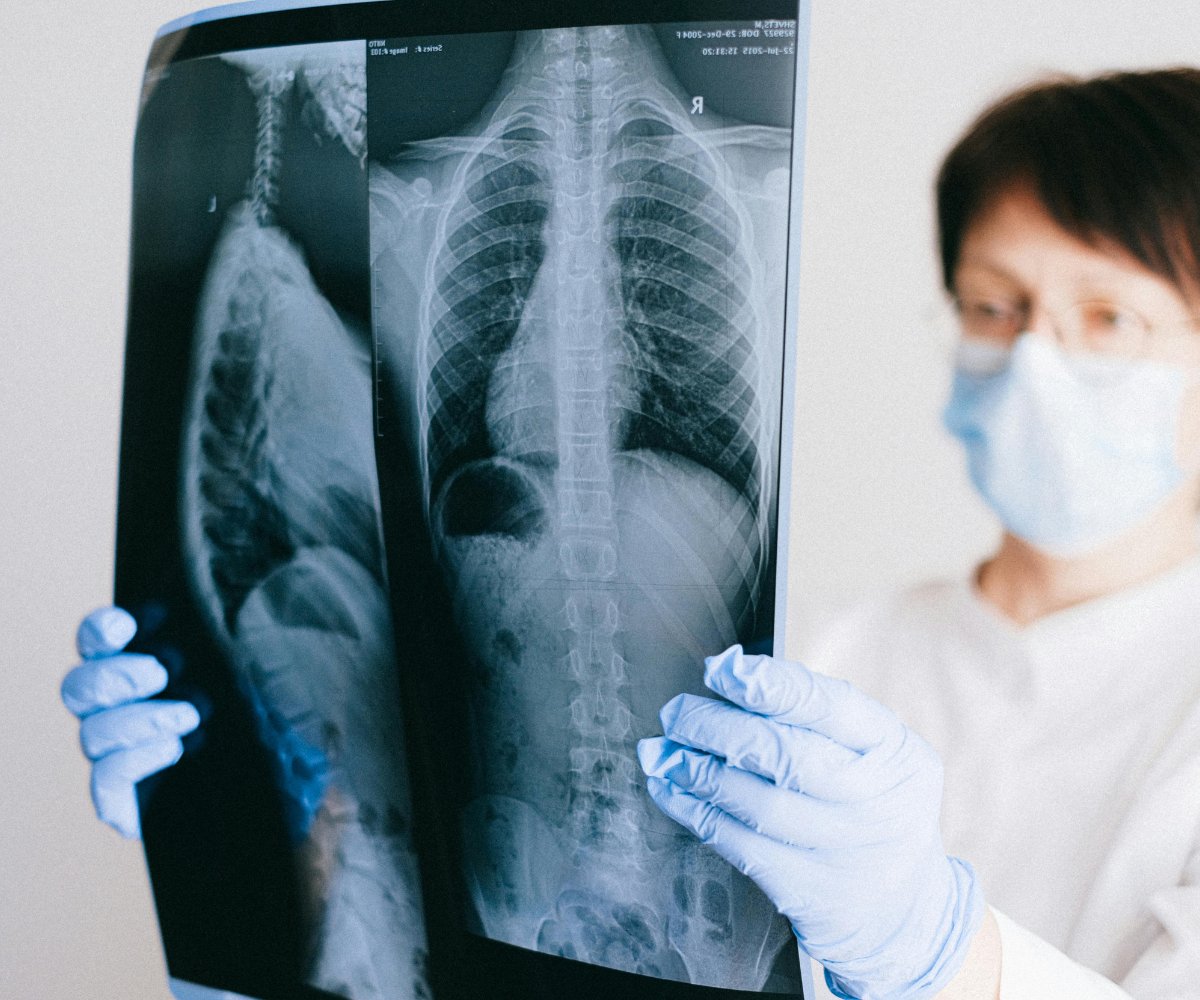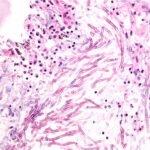Introduction: Hidden Heart Risks in COPD Patients
Chronic obstructive pulmonary disease (COPD) primarily affects the lungs, causing shortness of breath, persistent coughing, and difficulty in daily activities. However, COPD doesn’t just impact lung function — it can also increase the risk of heart disease and early mortality.
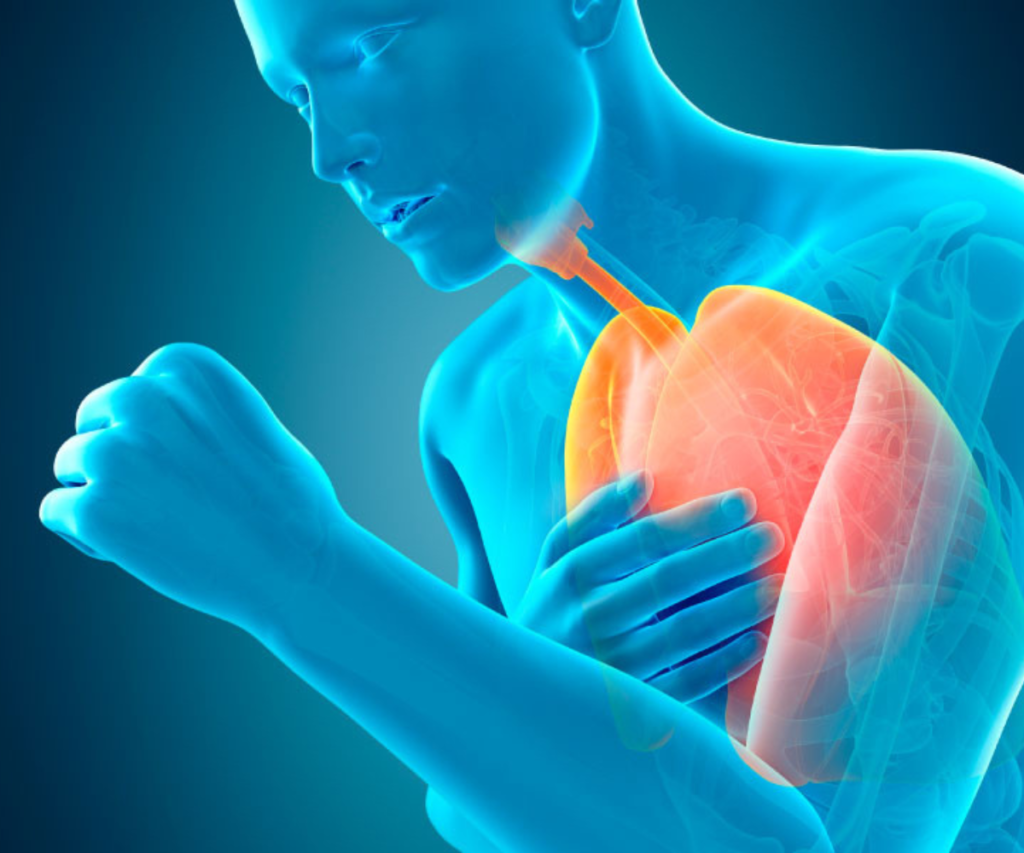
Recent research highlights that patients undergoing routine chest CT scans for COPD may also be at risk for coronary artery calcium buildup, a strong predictor of heart disease and death. These findings suggest that lung imaging could double as a heart health screening tool, offering vital insights into overall cardiovascular risk.
Understanding COPD and Its Impact on the Heart
COPD is most commonly caused by long-term cigarette smoking, which damages the airways and reduces lung efficiency. As lungs weaken, the heart must work harder to pump oxygen-rich blood through the body, leading to strain on cardiac tissues.
- Symptoms of COPD:
- Chronic cough and phlegm production
- Shortness of breath during activity
- Wheezing and chest tightness
- Fatigue and reduced exercise tolerance
- Heart Complications in COPD:
- Coronary artery disease (CAD)
- Heart failure
- Arrhythmias and sudden cardiac events
Smokers with COPD often face higher risk of heart disease than lung cancer, making cardiovascular monitoring crucial.
Coronary Artery Calcium: A Silent Predictor
Chest CT scans, routinely used for lung evaluation, can also reveal calcified plaque in coronary arteries, known as coronary artery calcium (CAC).
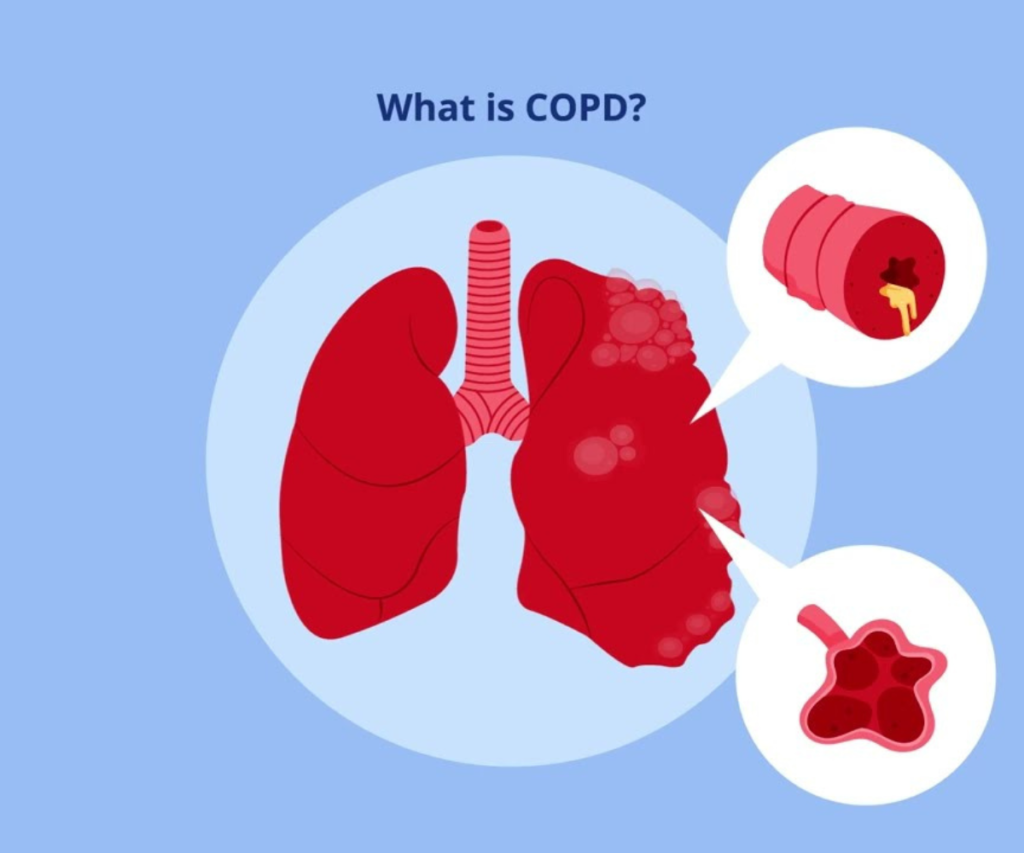
- What is CAC?
CAC is fatty plaque buildup that hardens in arteries, restricting blood flow and increasing the risk of heart attacks and death. - Significance in COPD:
Patients with advanced COPD and high CAC levels are nearly three times more likely to die from any cause compared to those with little or no calcium buildup. - Statistical Insight:
Among COPD patients with the highest CAC levels, approximately 24% died over a seven-year follow-up, compared with 8% of those without plaque.
Routine Lung Scans as Dual-Purpose Tools
Millions of chest CT scans are performed annually for patients with lung conditions. These scans can provide detailed images of the heart, offering an opportunity for early detection of cardiovascular risks without extra cost or radiation.https://www.youtube.com/watch?v=vVatqJf41wE
- Benefits of dual screening:
- Early detection of heart disease
- Personalized risk assessment for mortality
- Integration with COPD treatment plans
- Clinical Insight:
Despite the heart being visible on lung scans, many radiologists focus solely on the lungs. Recognizing coronary artery calcium during routine scans could save lives through early intervention.
Preventive Measures and Heart Health Strategies

COPD patients can reduce cardiovascular risk through lifestyle changes, medication, and regular monitoring:
- Smoking Cessation:
Quitting smoking slows lung damage and lowers heart disease risk. - Exercise and Pulmonary Rehabilitation:
- Improves lung function and circulation
- Enhances heart health
- Dietary Adjustments:
- Limit saturated fats and processed foods
- Increase fruits, vegetables, and omega-3 intake
- Medical Monitoring:
- Regular CT scans to monitor lung and heart health
- Blood pressure and cholesterol management
- Medications:
- Statins, beta-blockers, or other heart medications as prescribed
- Inhalers and bronchodilators for COPD management
Link Between Smoking, COPD, and Heart Disease
The connection between lung damage and cardiovascular stress is clear:
- Smoke weakens lungs → Less oxygenation → Heart works harder
- Chronic inflammation from smoking → Artery damage → Plaque formation
- Combined impact → Higher risk of heart attack, stroke, and death
Addressing both lung and heart health simultaneously is crucial for patients with COPD or a smoking history.
Emerging Research and Future Directions
Ongoing studies are exploring:
- Screening protocols combining lung and heart evaluation
- Early biomarkers for cardiovascular risk in COPD patients
- Intervention strategies that integrate lung therapy with heart protection
This research underscores the importance of holistic care, considering both pulmonary and cardiac health in at-risk populations.
Conclusion: Taking a Comprehensive Approach to COPD Care
COPD is more than a lung disease. Heart disease is a common and deadly companion, often detectable through routine chest imaging.
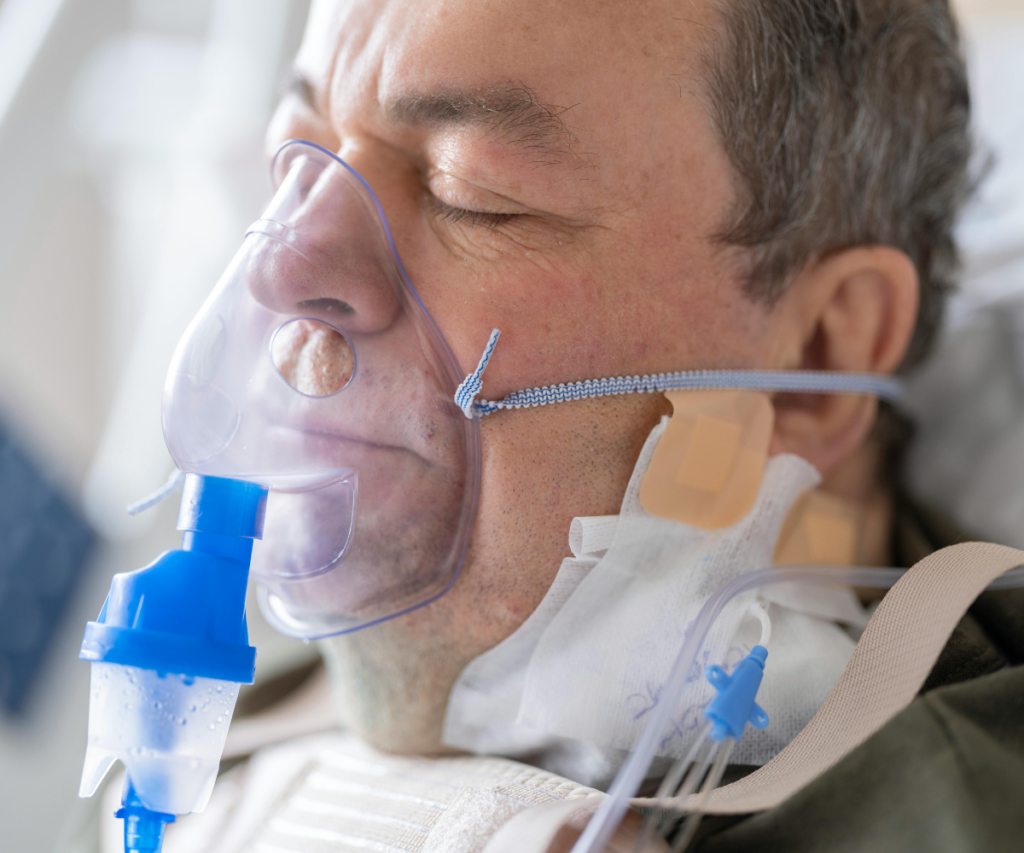
By using lung scans to assess coronary artery calcium, physicians can identify high-risk patients early, implement preventive strategies, and reduce mortality. Patients are encouraged to quit smoking, maintain a healthy lifestyle, and undergo regular cardiovascular monitoring to protect both lung and heart health.
